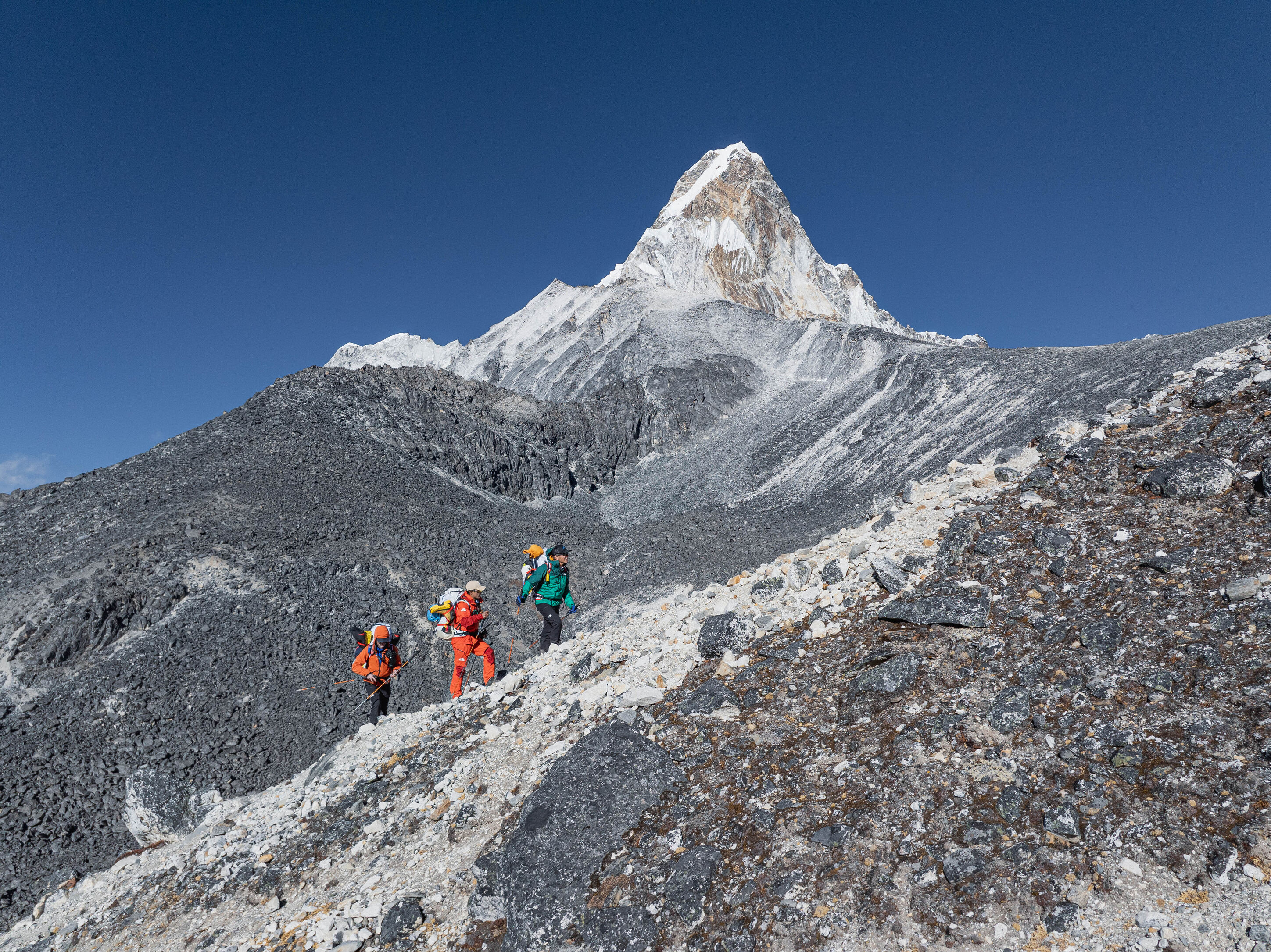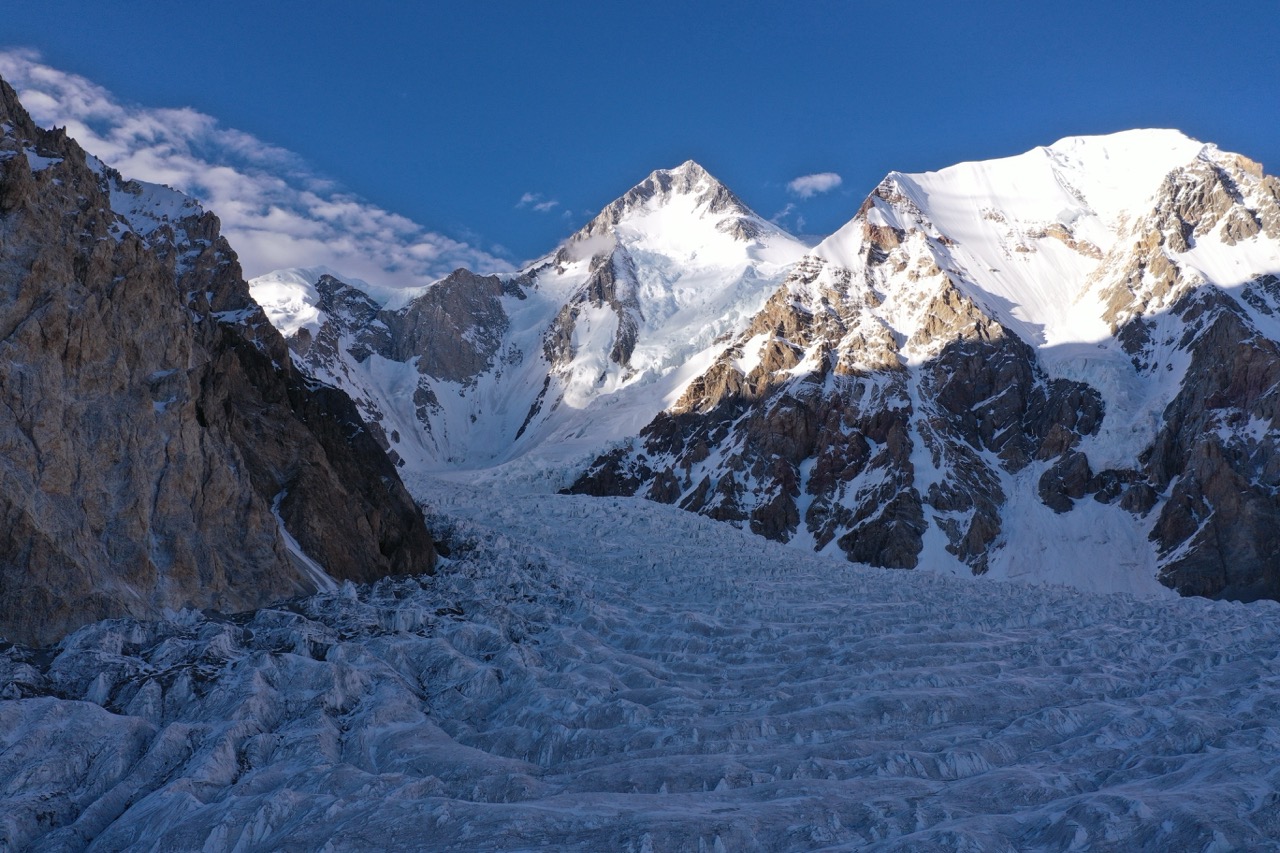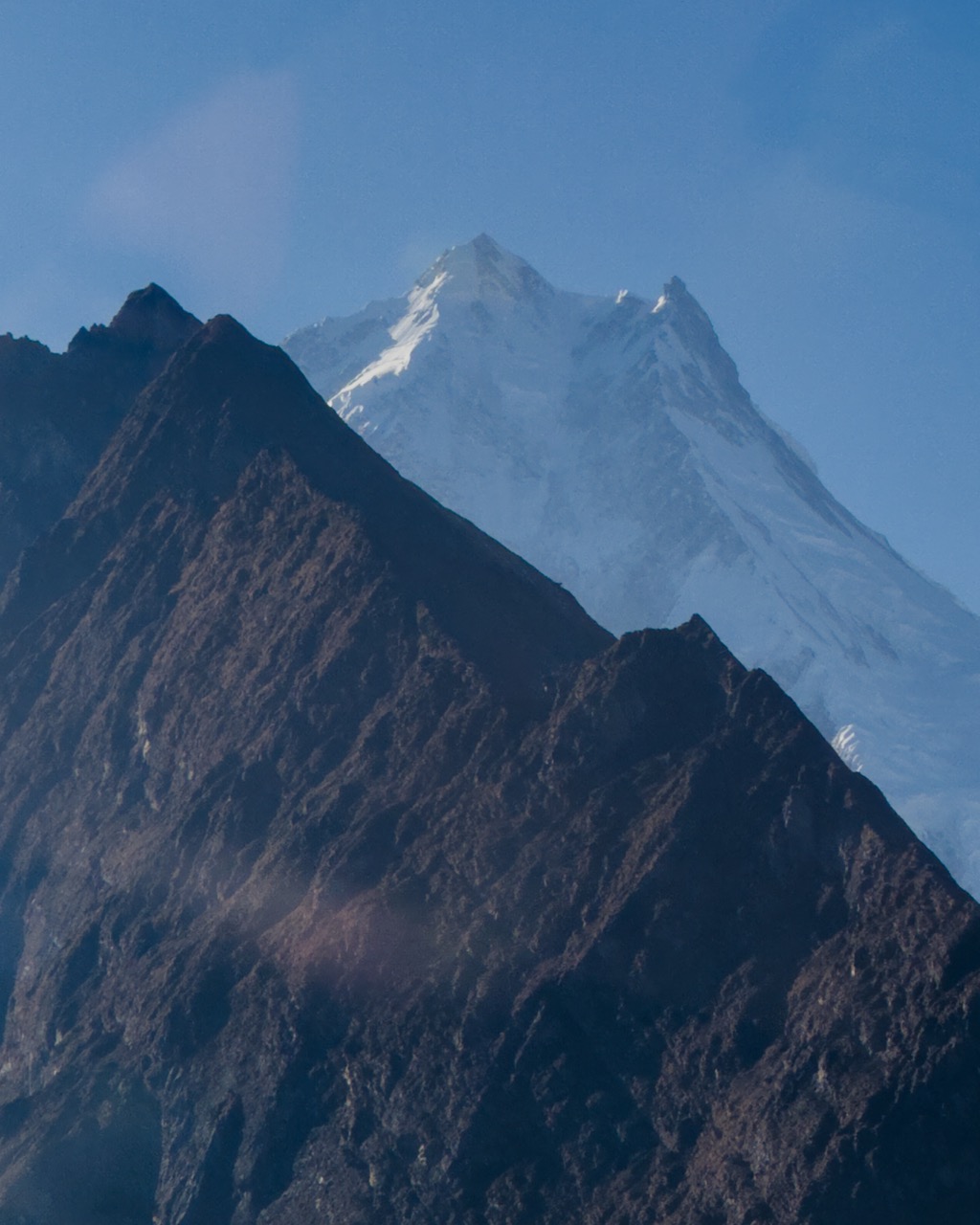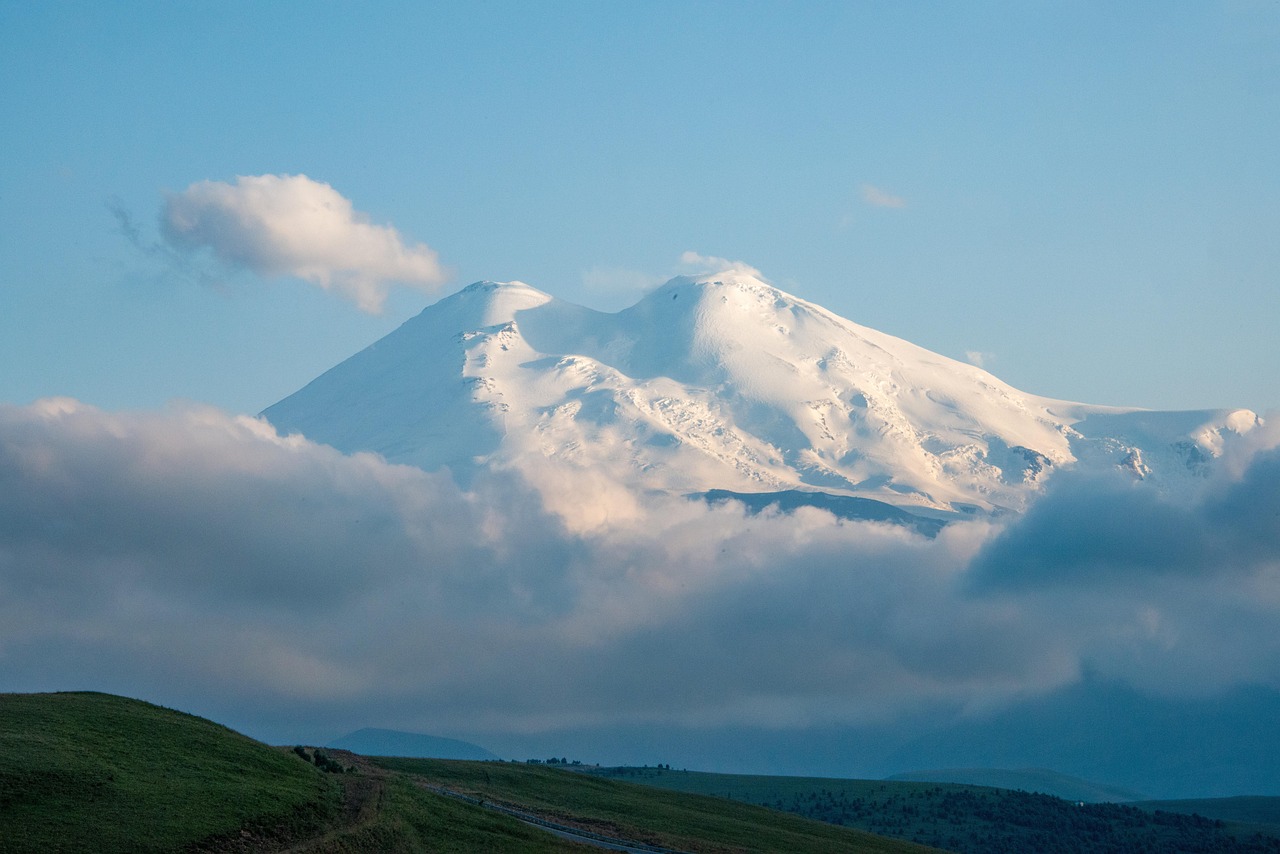
NEPAL ADVENTURE GUIDE
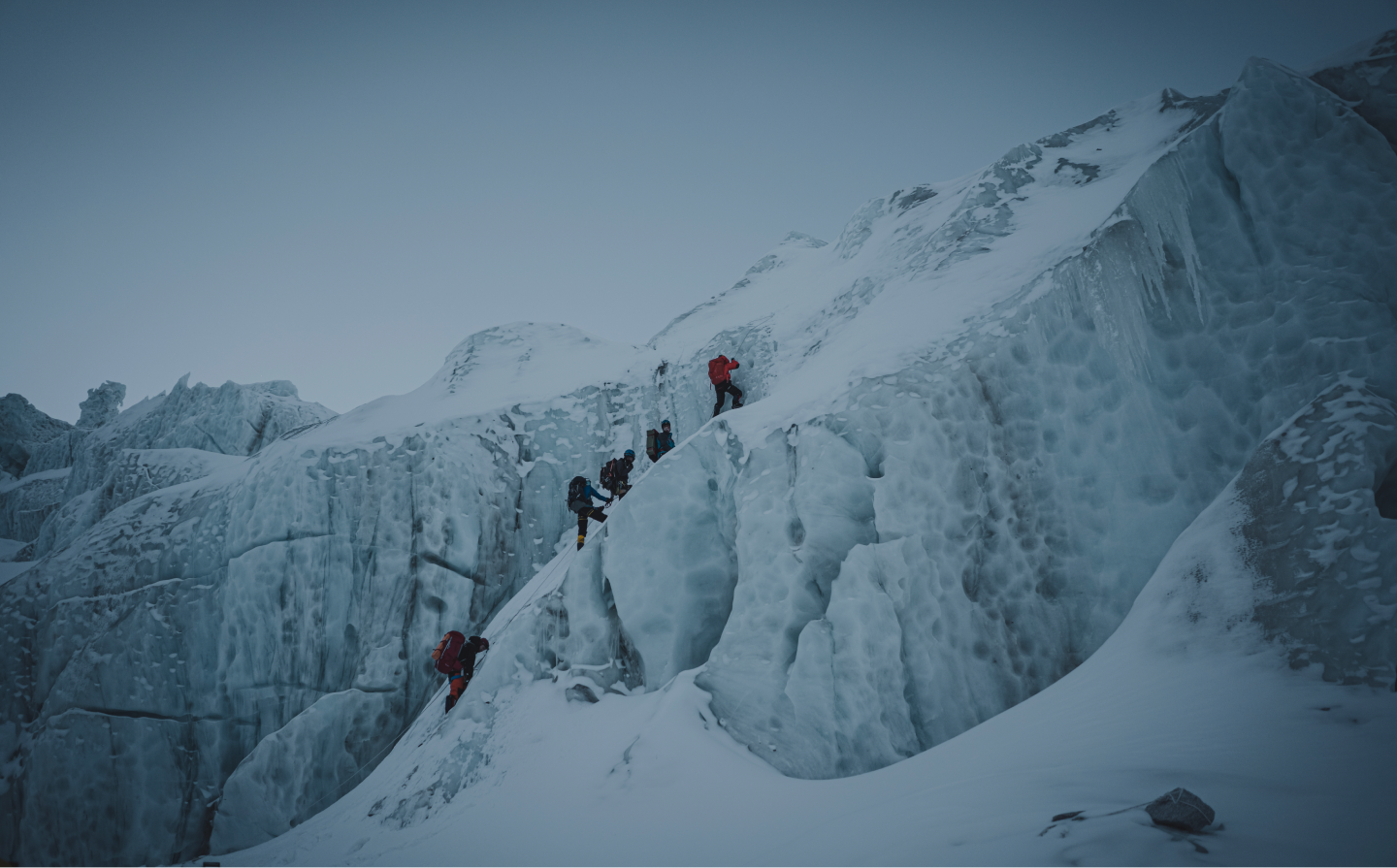

Welcome to Nepal!
Nepal, a land of adventure and culture, is home to eight of the world's 14 highest peaks, including Everest. From trekking in the Himalayas to exploring ancient cities, it offers stunning landscapes, rich traditions, and warm hospitality.
Visa Information
Tourists can obtain a visa on arrival at Tribhuvan International Airport (TIA), Kathmandu. To get your visa:
· Online application link: https://nepaliport.immigration.gov.np/onlinevisa-mission/application
Travel Insurance
Travel insurance is mandatory for all 14 Peaks Expedition trips. Whether you're trekking, climbing, or exploring, ensure your insurance covers high-altitude rescue, medical emergencies, and trip cancellations. Submit a copy of your travel insurance before or upon arrival in Nepal.
Getting to Nepal
Nepal is accessible via Tribhuvan International Airport (TIA), Kathmandu, the main entry point for international travelers. Overland entry points from India include Kakarvitta, Birgunj, Belahiya, Nepalgunj, Dhangadhi, and Mahendranagar. Travelers from China can enter via the Rasuwagadhi-Kerung border.
Best Time to Visit Nepal
Nepal is a year-round destination, but the best time depends on your activities and chosen mountains:
Spring (Mar-May)
Best season for high-altitude expeditions and trekking with clear skies and blooming rhododendrons. Ideal for:
Autumn (Sep-Nov)
Peak season with stable weather and breathtaking mountain views. Best for:
Monsoon (Jun-Aug)
Best for cultural tours, photography, and exploring rain-shadow areas like:
Winter (Dec-Feb)
Suitable for lower-altitude treks and peaceful experiences on normally busy routes.
Domestic Flights
Due to Nepal’s rugged terrain, domestic flights are crucial for reaching most of the trekking regions. Popular routes include:
Flights can be affected by weather, so flexibility in your travel plans is advised.
Money & Payments
Internet & SIM Cards
High Altitude Illness
High altitude illness occurs due to reduced oxygen levels at higher elevations. Symptoms may include headaches, nausea, dizziness, and shortness of breath. To prevent altitude illness, 14 Peaks Expedition strictly follows the UIAA Gold Standard to ensure safe acclimatization:
With 14 Peaks Expedition, you embark on a journey where safety, experience, and adherence to high-altitude medical guidelines are at the core of every climb.
Tipping Culture
While not mandatory, tipping guides and porters is customary and appreciated. The amount depends on the duration and difficulty of the trek and expeditions.
Drinking Water
Tap water is not safe for drinking. Use:
Safety Tips
Nepal is generally safe, but travelers should:
Vaccinations & Health Precautions
Recommended vaccinations:
Essential Travel Etiquette in Nepal
Final Thoughts
Nepal is an incredible destination offering adventure, culture, and natural beauty. Whether you're here for an expedition with 14 Peaks Expedition or a cultural journey, being well-prepared ensures a smooth and memorable experience.
We look forward to welcoming you to Nepal and making your journey unforgettable!



